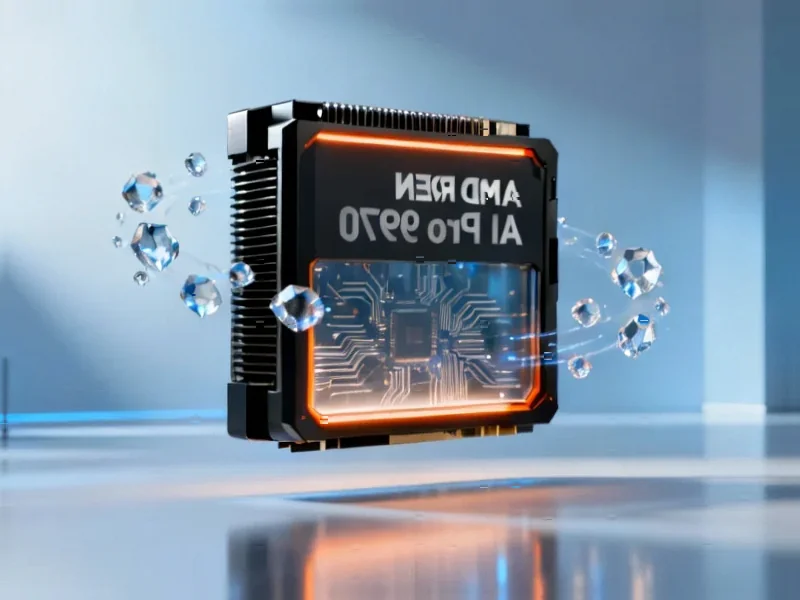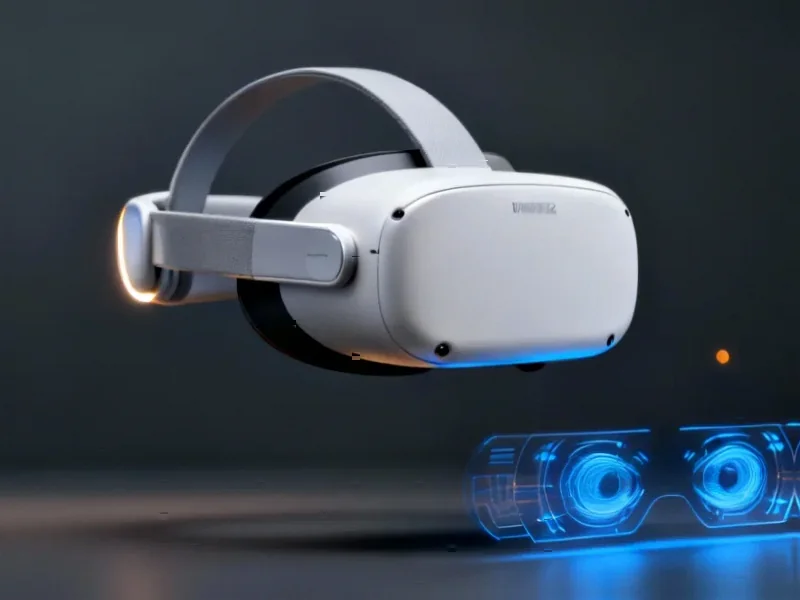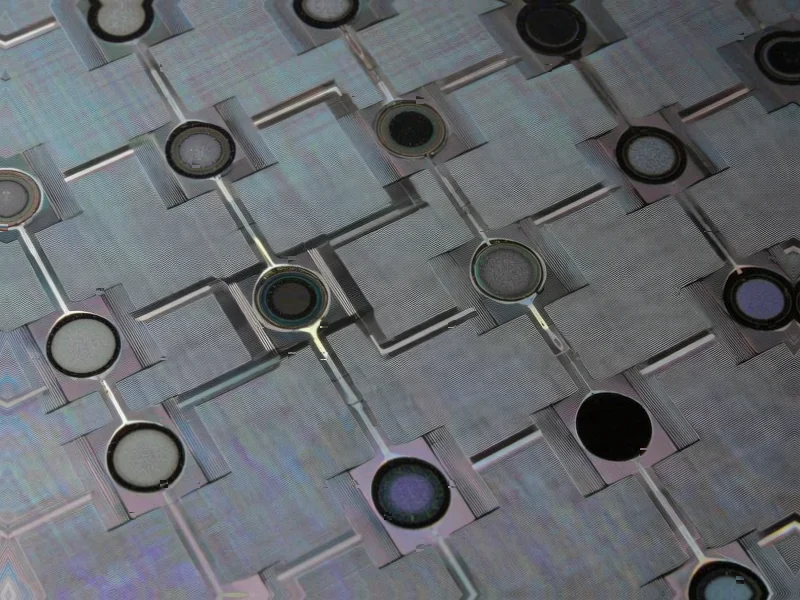According to Ars Technica, AMD initially announced with its Adrenalin 25.10.2 driver release that Radeon RX 5000-series and 6000-series GPUs would move to “maintenance mode,” effectively ending fresh fixes and performance optimizations for newly launched games. This would have affected GPUs based on RDNA 1 and RDNA 2 architectures, including graphics cards launched as recently as 2022. Following significant backlash, AMD issued clarifying statements and a separate post confirming these architectures would continue receiving “game support for new releases,” “stability and game optimizations,” and “security and bug fixes.” The company explained that separating driver paths for older and newer architectures helps prevent issues while allowing faster development for RDNA 3 and RDNA 4 GPUs. This reversal highlights the delicate balance GPU manufacturers must strike between innovation and long-term support.
The NVIDIA Shadow Looms Large
AMD’s quick reversal speaks volumes about the competitive pressure in the GPU market. NVIDIA continues to provide robust driver support for its RTX 20- and 30-series cards from the same 2019-2022 timeframe, creating an obvious comparison point that AMD couldn’t ignore. The perception of shorter support cycles could have severely damaged AMD’s reputation among cost-conscious gamers who expect several years of optimization for their hardware investments. This incident reveals how driver support has become a key battleground beyond raw performance metrics, with consumers increasingly factoring long-term software support into their purchasing decisions. The timing is particularly sensitive as AMD attempts to gain market share against NVIDIA’s dominant position.
The Handheld Gaming Revolution Changes Everything
What makes this situation fundamentally different from previous GPU generation transitions is the explosion of gaming handhelds. As AMD’s own product lineup shows, RDNA 2 architecture continues to power new devices like the Steam Deck, ASUS ROG Ally, and various other handheld PCs. These aren’t legacy products gathering dust—they’re actively marketed, sold, and updated gaming systems. Cutting driver support would have stranded an entire category of modern gaming hardware, creating a public relations nightmare. The handheld market’s growth means GPU architectures now have much longer relevance cycles, forcing manufacturers to reconsider their traditional support timelines.
The Windows 10 Conundrum
AMD’s handling of Windows 10 support reveals another layer of complexity in modern driver management. While the official release notes dropped Windows 10 from compatible operating systems, the company confirmed to Windows Latest that support continues. This technical vs. practical support distinction creates confusion for consumers and reflects the challenging transition period as Microsoft phases out Windows 10. With significant gaming market share still on Windows 10, GPU manufacturers face the difficult task of supporting multiple operating systems while navigating Microsoft’s official support timelines.
The Engineering Reality of Multi-Generation Support
AMD’s explanation about separate driver paths actually reveals a sophisticated approach to a genuine engineering challenge. As industry coverage noted, maintaining a single codebase for architectures with significant technical differences becomes increasingly difficult. Features optimized for RDNA 4’s advanced capabilities could inadvertently break functionality on older RDNA 1 hardware. The separate branch approach allows focused optimization for each architecture’s strengths while maintaining stability. However, this requires significant engineering resources, explaining why companies might initially consider reducing support for older products.
Broader Market Implications
This incident sets important precedents for the entire hardware industry. Consumers increasingly expect longer support cycles for premium components, and manufacturers who fail to meet these expectations risk damaging their brand reputation. The episode also highlights how product lifecycles have extended due to supply chain issues, pandemic-era purchasing patterns, and the growth of secondary markets. With graphics cards retaining value longer and gamers holding onto hardware for extended periods, driver support has become a crucial factor in maintaining customer loyalty and competitive positioning. AMD’s reversal suggests the company recognizes that in today’s market, software support duration can be as important as hardware performance in driving purchasing decisions.




